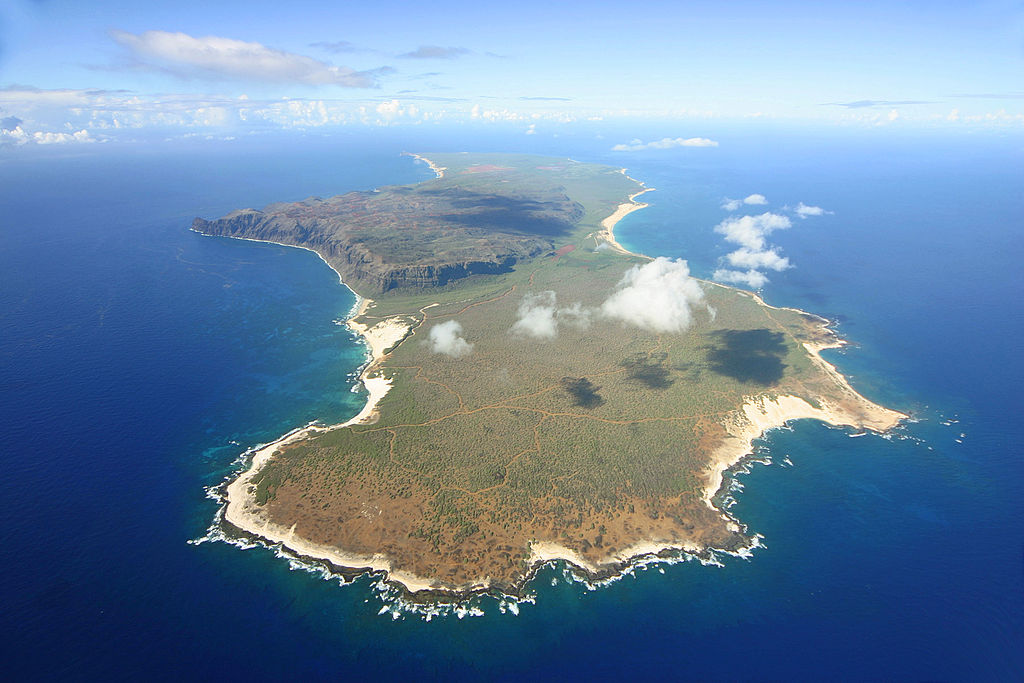The Island of Ni’ihau is a recluse. Only the island’s inhabitants, along with a few fortunate individuals from outside Ni’ihau, are allowed to leave and return as they please. This 70-square-mile plot of land near the center of the Pacific Ocean is Hawaii’s westernmost island, and it lacks roads, Internet, and even indoor plumbing. Ni’ihau hosts approximately 130 permanent residents, all of whom live in isolation and without modern conveniences in an effort to preserve the native culture of Hawaii. The island was sold by King Kamehameha V in 1864 to the Scottish plantation-owner Elizabeth Sinclair, who promised to keep Hawaiians “as strong in Hawaii as they are now.” Despite the residents’ conversion to Christianity, a few modern technologies being introduced, and some of the younger islanders learning English, the local culture along with the native Hawaiian language have successfully persisted.
All this was jeopardized, however, in the days following the Japanese attack on Pearl Harbor in 1941.
Continue reading “Ethnic Identity in America: Remembering the Ni’ihau Incident”

